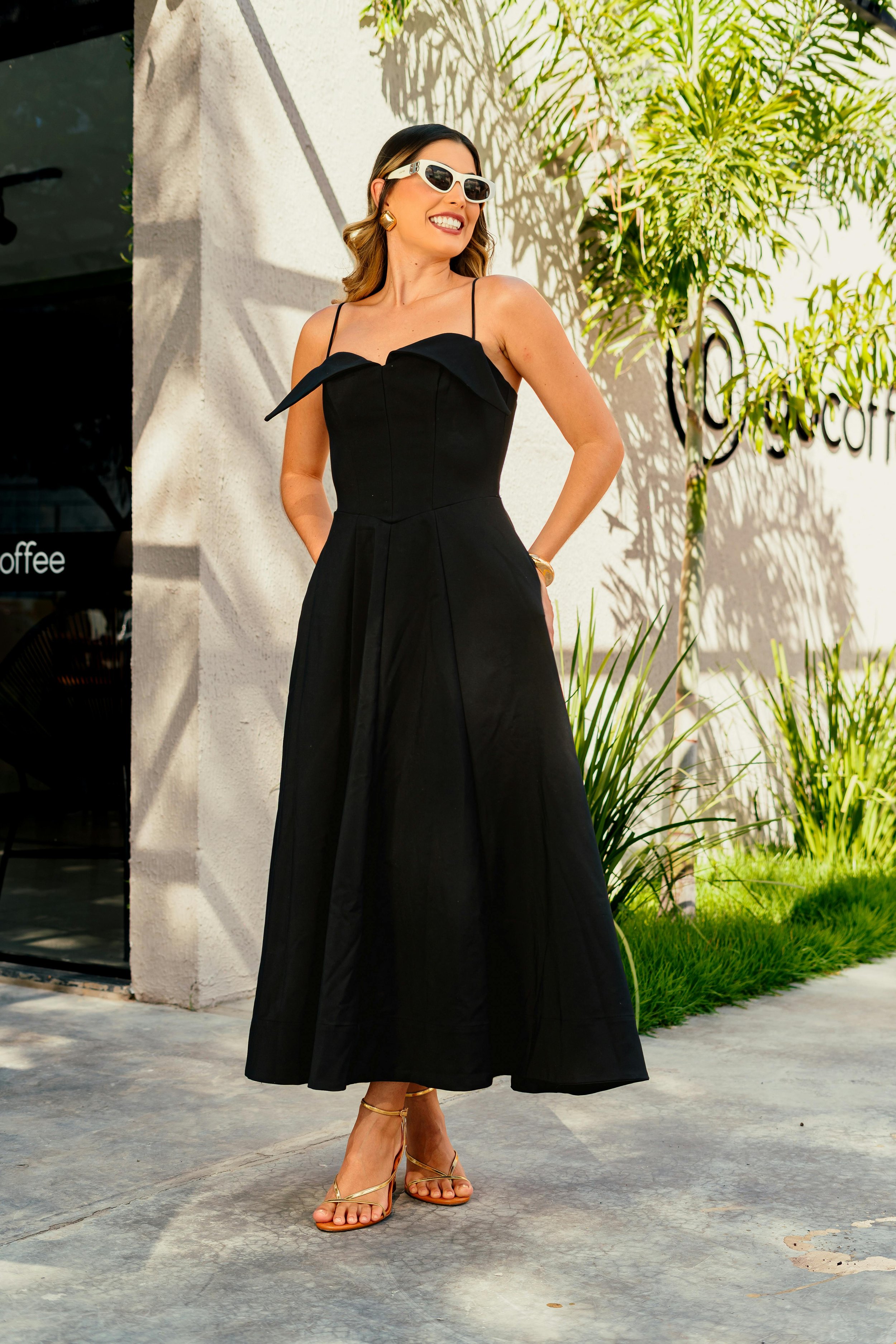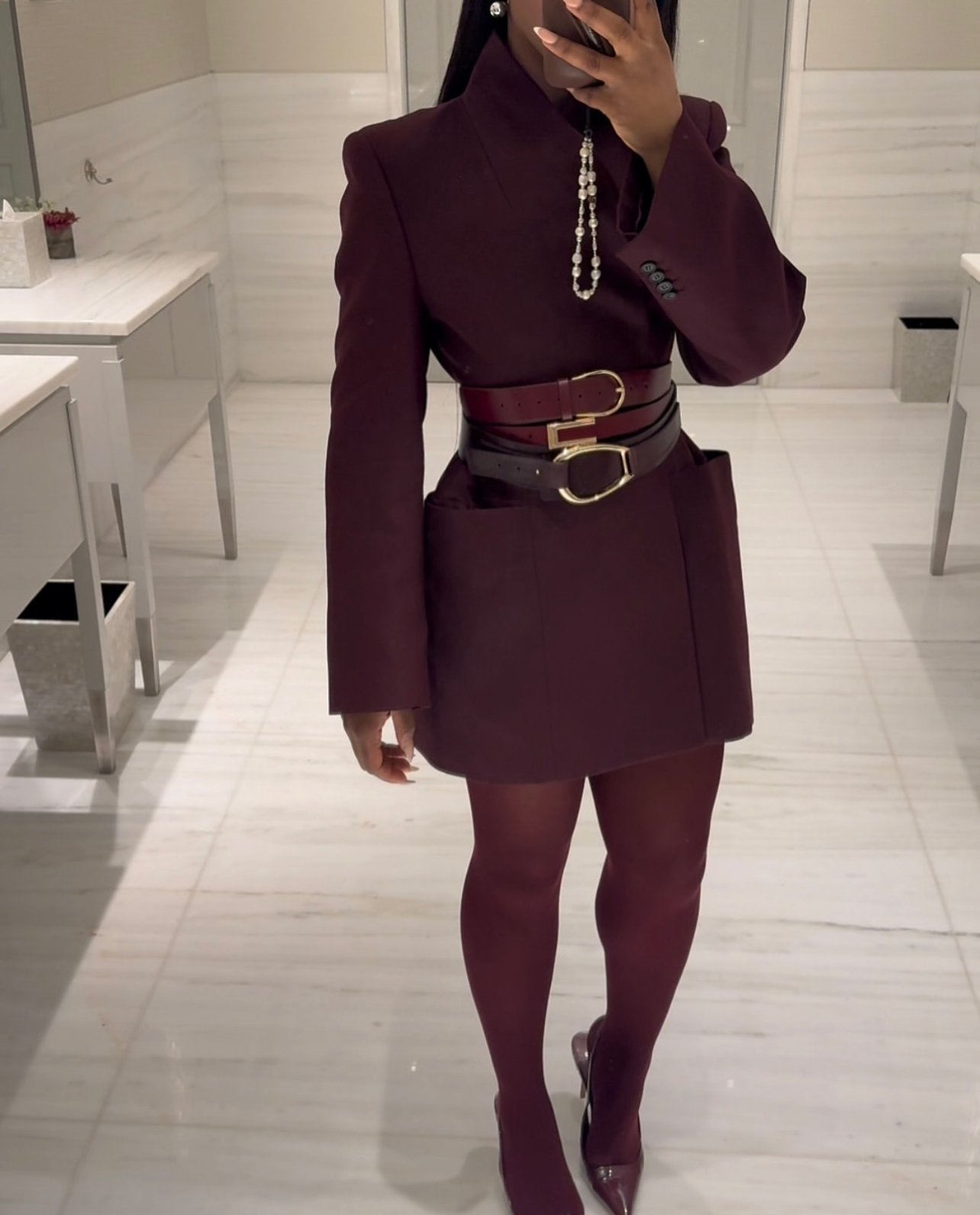Why 'Cost Per Wear' Is the Shopping Mantra Every Fashion Lover Needs Right Now
Photo by Thirdman
Are you new to the concept of mindful shopping and effective wardrobe management? Perhaps you've heard about the "cost per wear" method in passing conversations or across fashion blogs and wanted to ask how it works without seeming out of the loop. In the world of fashion and personal finance, we all strive to make savvy decisions that make us look and feel successful without breaking the bank. Today, I'm here to demystify the cost per wear method for you, explaining its nuances and showing you how it can differentiate from mere price tags in elevating your wardrobe’s value.
What is Cost Per Wear?
Photo by Karabo M.
Let's not beat around the bush; in simple terms, cost per wear (CPW) is a formula that helps you understand the true value of your clothing by calculating how much you pay for each wear of an item. It’s an approach that encourages you to think beyond the initial price tag to consider how often you will wear the garment and its utility in your daily life. CPW aims to help you make smarter buying decisions, reduce wasteful spending, and build a wardrobe that genuinely works for you.
Why is Cost Per Wear Important?
Photo by Alena Darmel
You might often find yourself buying items on a whim, especially when sales hit or trends change. However, this can lead to a closet full of "nothing to wear," clothes that go unworn, and money wasted. The cost per wear formula challenges this by shifting focus from buying more to buying better. When you start evaluating items based on their CPW, you:
Minimize Costly Impulse Buys: Learn to evaluate potential purchases more critically, focusing on their versatility and longevity.
Enhance Wardrobe Utilization: Encourages you to wear what you buy more often, getting more value out of each item.
Sustainable Fashion Choices: By buying less and wearing more, you contribute to less waste, aligning with eco-friendly fashion practices.
Background of Cost Per Wear
Photo by Ou Kei
The concept isn’t new but has gained prominence with the rise of sustainable fashion and minimalism. Originating from a desire to quantify the value of investments in fashion, the CPW metric helps debunk the myth that cheaper upfront always means better. It shows that sometimes, spending more on a high-quality item that lasts several seasons is more economical than purchasing several lower-quality, less expensive pieces that might only last a few wears.
How Cost Per Wear Works
Photo by Ron Lach
Let's put theory into practice. Here’s how you can start applying the cost per wear method today:
Example 1: The Designer Jacket Imagine you buy a designer jacket for $200. If you wear this jacket 100 times over its lifespan, the CPW comes down to $2. This is an excellent value compared to a cheaper $50 jacket that you might only wear five times, bringing the CPW to $10 per wear.
Implementing CPW in Your Life:
Track Your Purchases: Note down how much you spend on each item.
Monitor Usage: Keep a log of how often you wear each piece.
Calculate CPW: Divide the cost of the item by the number of times you wear it.
Want to dive deeper and manage this without the hassle of manual tracking? Check out our Cost Per Wear Tracker. This tool automates the tracking and calculating process, making it easy to see which items offer real value and which are costing you more in the long run.









